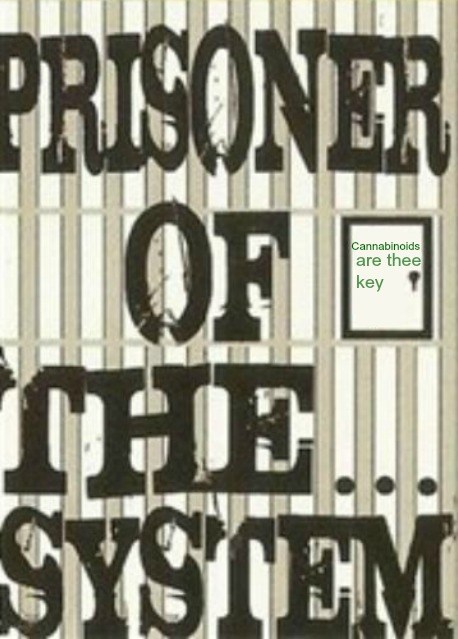Optimisation and characterisation of marihuana extracts obtained by supercritical fluid extraction and focused ultrasound extraction and retention time locking GC-MS.
Optimisation and characterisation of marihuana extracts obtained by supercritical fluid extraction and focused ultrasound extraction and retention time locking GC-MS.
Source
Department of Analytical Chemistry, Faculty of Science and Technology, University of the Basque Country (UPV/EHU), Bilbao, Basque Country, Spain.
Abstract
The optimisation of focused ultrasound extraction and supercritical fluid extraction of volatile oils and cannabinoids from marihuana has been accomplished by experimental design approach. On the one hand, the focused ultrasound extraction method of volatile compounds andcannabinoids was studied based on the optimisation of cyclohexane and isopropanol solvent mixtures, and the instrumental variables. The optimal working conditions were finally fixed at isopropanol/cyclohexane 1:1 mixture, cycles (3 s-1 ), amplitude (80%) and sonication time (5 min). On the other hand, the supercritical fluid extraction method was optimised in order to obtain a deterpenation of the plant and a subsequent cannabinoid extraction. For this purpose, pressure, temperature, flow and co-solvent percentage were optimised and the optimal working conditions were set at 100 bar, 35°C, 1 mL/min, no co-solvent for the terpenes and 20% of ethanol for the cannabinoids. Based on the retention time locking GC-MS analysis of the supercritical fluid extracts the classification of the samples according to the type of plant, the growing area and season was attained. Finally, three monoterpenes and three cannabinoids were quantified in the ranges of 0.006-6.2 μg/g and 0.96-324 mg/g, respectively.
© 2013 WILEY-VCH Verlag GmbH & Co. KGaA, Weinheim.
- PMID:
23505258
[PubMed – as supplied by publisher]

http://www.ncbi.nlm.nih.gov/pubmed/23505258

